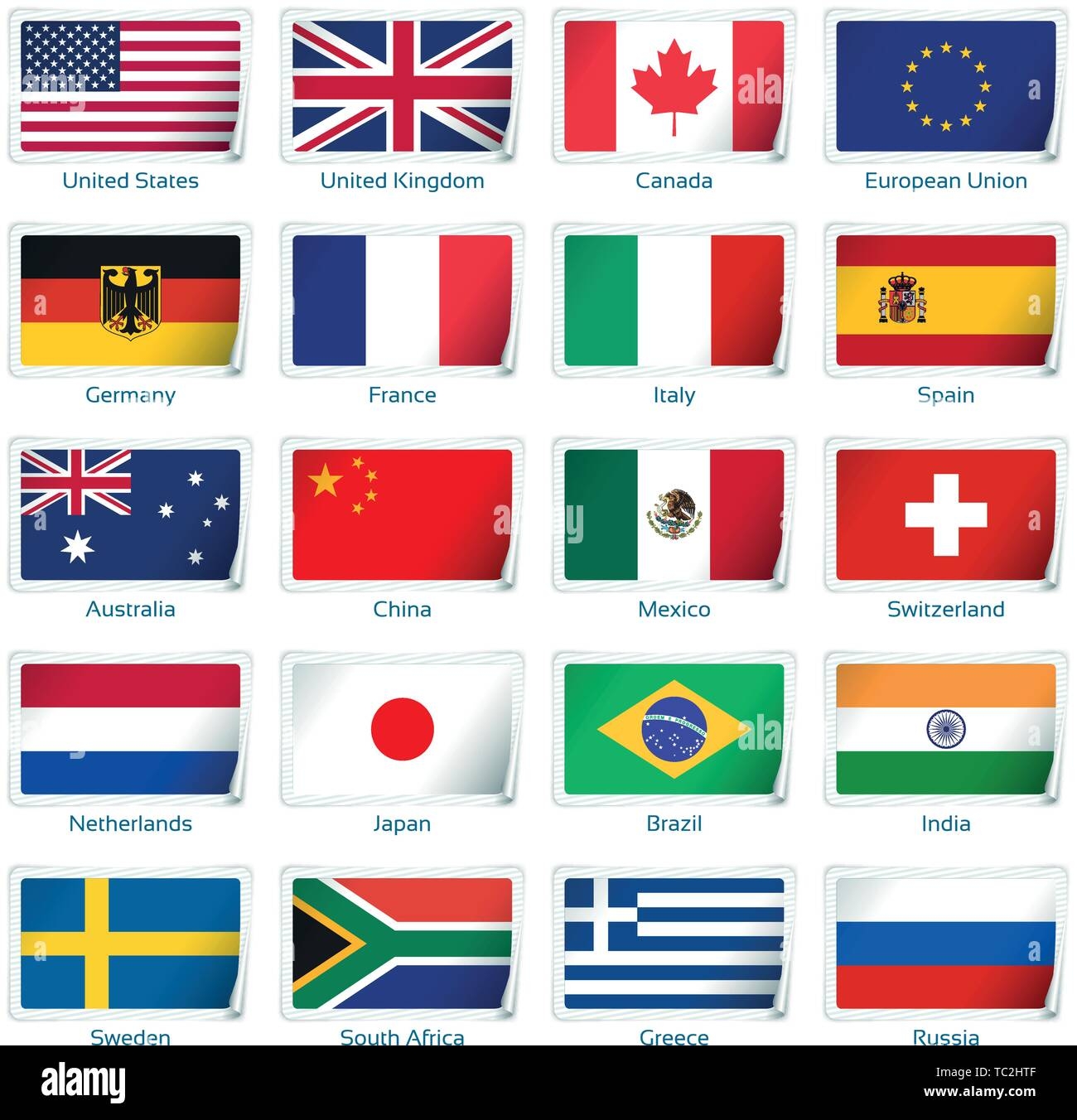Flags have been used as symbols of nations, organizations, and movements for centuries. The colors used in flags often hold significant meaning and can represent a variety of concepts such as strength, peace, and unity. Understanding the colors of flags can provide insight into the values and history of the entity they represent.
From the vibrant red of the American flag to the bold green of the Saudi Arabian flag, each color used in flags has its own symbolism and significance. Let’s explore the meanings behind the colors commonly found in flags around the world.
Flag Colors
Red: Red is a color often associated with passion, courage, and revolution. It can also symbolize bloodshed and sacrifice. Many flags use red to represent the bravery and determination of their people.
Blue: Blue is a color that is often linked to peace, stability, and loyalty. It can also represent the sky and the sea. Flags with blue often convey a sense of tranquility and strength.
Green: Green is a color that is commonly associated with nature, growth, and harmony. It can also symbolize fertility and hope. Flags with green often represent the abundance of the land and the aspirations of the people.
Yellow: Yellow is a color that is often linked to sunshine, happiness, and energy. It can also represent wealth and prosperity. Flags with yellow often convey a sense of optimism and joy.
Black: Black is a color that is often associated with power, mystery, and elegance. It can also symbolize mourning and solemnity. Flags with black often represent the strength and resilience of the people.
In conclusion, the colors used in flags play a significant role in conveying the values and identity of the entity they represent. Whether it’s the bold red of revolution or the tranquil blue of peace, each color carries its own symbolism and meaning. By understanding the colors of flags, we can gain a deeper appreciation for the history and culture of different nations and organizations.
